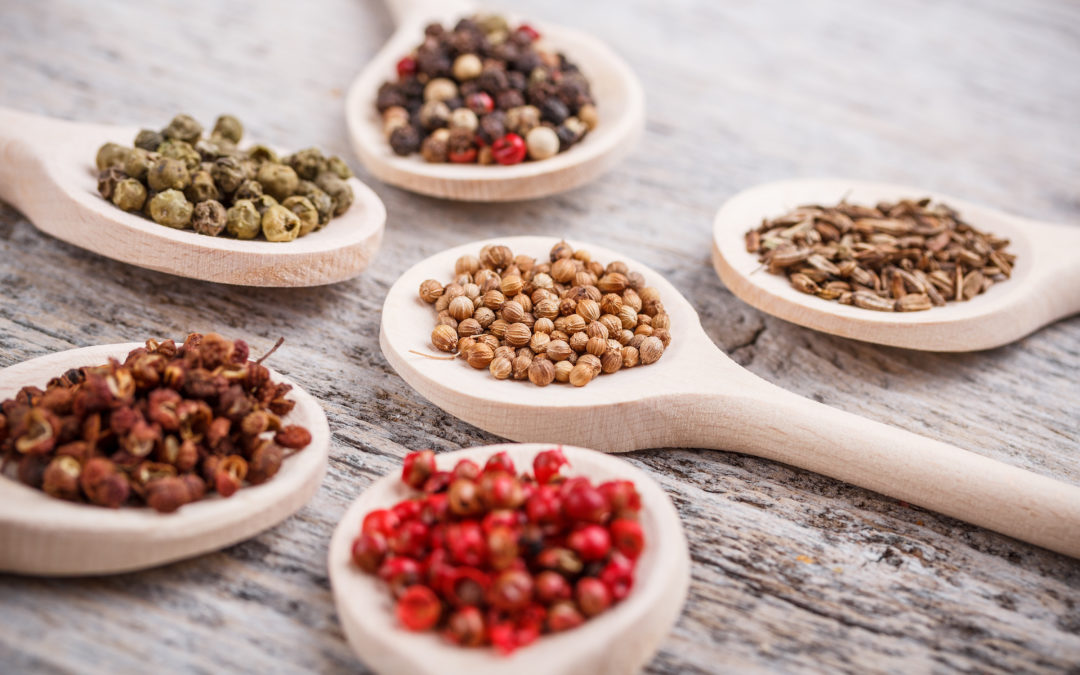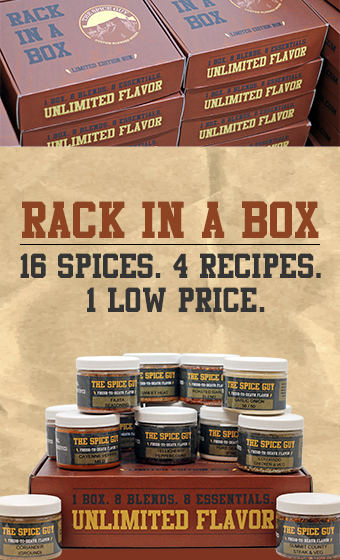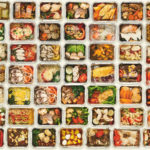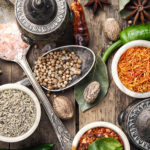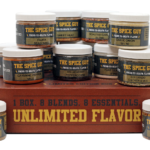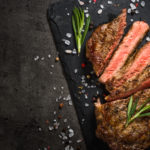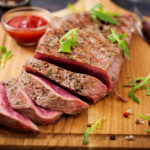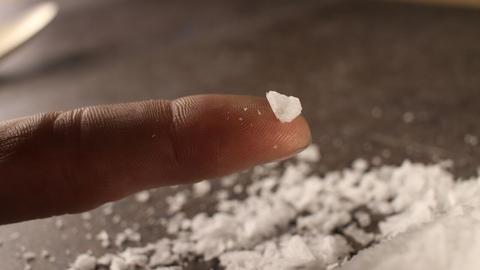
Spices 101: The Ultimate Guide to Salt
Our new Spices 101 series will dive into everything you’ve ever wanted to know about spices, herbs and spice blends — starting with salt. Do you have a spice you’d like to know more about? Let us know what you’d like to see featured next in the comments.
Let’s talk about salt, baby.

When it comes to properly seasoning your food, there’s no ingredient more important than salt.
“One of the biggest secrets to restaurant cooking is salt and butter,” our founder Zach added. “But never salted butter.”
Generally, salt falls into two major categories: rock and sea salt. In the kitchen, you’re typically reaching for sea salts, which include everything from kosher salt to fancier versions we’ll detail below.
Once we make it to the kitchen, salts get further divided, starting with ingredient salt (incorporated into the cooking process) and finishing salt (added at the end while plating a dish). Because they don’t need to dissolve fully, finishing salts are larger and sometimes come in interesting colors to add a dimension beyond flavor to a dish.
But, that’s only the beginning. From there, you can go down a deep rabbit hole of more than 50 types. Today, we’re going to hit the major players.
Major Players

Table Salt
Hello, Morton’s iodized salt. This is your typical, from-the-grocery store NaCl. You’ll find this in most salt shakers, and it typically has lots of chemical additives to keep it from clumping. (something we always avoid.)
Kosher Salt
This coarser variety is used by more serious home and professional chefs, with a saltier flavor that lasts longer than others on the tongue. It also tops soft pretzels and your margarita glass.
Sea Salt
Sea salt comes from evaporated sea water instead of sedimentary deposits. Depending on the commercialized process, most sea salts contain more minerals and flavors than your typical table salt varieties. From there, sea salt can branch further down into even more types, depending on the sea from which it came — from Hawaiin to French.
Artisan Salts
Gaining popularity in recent years, artisan salts come from various processes — from Himalayan pink salt (a rock salt from Pakistan) to Fleur de sel (which comes from scraping grey salt pools).
The Spice Guy Favorites

Here are a few of our favorite salts that we sell to restaurants and online. All of our retail blends only contain Pacific Ocean sea salt from Washington. Zach’s rule is — “If my 7-year-old niece can’t pronounce it, we don’t include it in our blends.”
Rocky Mountain Red Salt
We don’t like to pick favorites, but this is probably it. While many salts have anti-caking agents and sometimes even sugar added, this salt (often called “Redmond Real Salt”) is perfect for replacing your kosher or table varieties. This comes from the salt flats in Utah, and as it moves along the ground it picks up more than 60 minerals along the way. Not only does it look beautiful with a brick-speckled hue, it also has nutritious properties you can’t find in other salts. Add it to literally anything.
Sriracha Salt
To add a spicy zing to your everyday salt, try our Sriracha Salt. We turn Sriracha into a paste and mix it into the salt for a rich, spicy flavor. It’s great for adding spice in extra dishes, marinades or even over popcorn. Some restaurants in Denver (like Lola and Work & Class) use it to rim their margarita glasses.
Smoke Salt
This Alderwood smoked salt adds a deep, dark flavor to anything it meets. Great for apartment dwellers, smoke salt allows you to gain that natural smoke taste without the hassle of a smoker. This would also kill it on a margarita glass. Coming online soon!
Cypress Sea Salt
Our favorite finishing salt, Cypress salt is known for its pyramid shape. It comes from the Mediterranean Sea. Top your steak or fish fillets with a few flakes of this magical mineral. Coming online soon!
… and that’s just the beginning! Taste the difference in our salts found in our other blends like seasoning salt and French fry seasoning.

